Le ski hors-piste est en plein essor, avec des équipements légers et portables comme les produits Snowfeet en tête. Que vous soyez débutant ou expert, ce guide vous aide à choisir les skis parfaits pour votre aventure. Voici ce que vous devez savoir :
-
Meilleurs Choix :
- Mini Ski Skates (38 cm) : Parfait pour débutants, au prix de 150 $.
- Snowfeet PRO (50 cm) : Idéal pour skieurs intermédiaires, au prix de 250 $.
- Skiblades (65 cm & 99 cm) : Polyvalents pour terrains mixtes, à partir de 450 $.
- POWDER (99 cm) & Short Skis (120 cm) : Idéal pour la neige profonde, jusqu'à 690 $.
-
Caractéristiques clés :
- Designs compacts et légers qui tiennent dans un sac à dos.
- Compatible avec des bottes d'hiver classiques.
- Facile à apprendre et à manœuvrer.
-
Comparaison avec les skis traditionnels :
- Les Snowfeet sont plus petits (38–120 cm contre 150–190 cm) et plus portables.
- Pas besoin de chaussures de ski spécialisées ni d'équipement de transport encombrant.
- Abordable, à partir de 150 $ contre plus de 600 $ pour les skis traditionnels.
| Modèle | Longueur | Prix | Idéal Pour |
|---|---|---|---|
| Mini Ski Skates | 38 cm | $150 | Débutants, neige tassée |
| Snowfeet PRO | 50 cm | $250 | Skieurs intermédiaires |
| Skiblades (65 cm) | 65 cm | $450 | Terrain mixte, carving |
| Skiblades (99 cm) | 99 cm | $490 | Powder, stabilité |
| POWDER / Short Skis | 99–120 cm | $490–690 | Neige profonde, ski avancé |
Snowfeet offre une alternative pratique et portable aux skis traditionnels, parfaite pour les passionnés de hors-piste. Prêt à dévaler les pentes ? Allons-y !
Comparaison des skis de randonnée alpine 80-112 mm 2025 avec ...
Ce qui fait de bons skis de randonnée
En ski de randonnée, avoir des skis légers et compacts peut tout changer. Les bonnes caractéristiques garantissent une meilleure performance en zones isolées tout en maintenant l'équilibre entre taille et fonctionnalité.
Pourquoi le poids et la taille comptent
En ski de randonnée, le poids et la portabilité sont essentiels. Contrairement aux skis traditionnels, souvent encombrants, les designs Snowfeet privilégient des matériaux légers et une facilité d'utilisation.
"Snowfeet sont petits et légers, vous pouvez donc les emmener partout. Vous n'avez pas besoin de chaussures de ski ni d'autre équipement lourd et coûteux." - Équipe Snowfeet
Voici comment leur design compact se démarque :
| Caractéristique | Avantage |
|---|---|
| Design léger | Aide à réduire la fatigue lors de longues sorties en montagne |
| Taille compacte | Se glisse facilement dans la plupart des sacs à dos |
| Installation rapide | Pas besoin de chaussures de ski spécialisées |
| Mobilité améliorée | Permet un meilleur contrôle dans les espaces étroits |
S'adapter aux différentes conditions de neige
Les skis modernes de randonnée sont conçus pour gérer une variété de types de neige, et les produits Snowfeet ne font pas exception :
Performance sur neige damée :
Snowfeet Mini Ski Skates (38 cm / ~15 pouces) excellent sur neige damée et compacte. Leur design assure un contrôle précis et des virages rapides, les rendant idéaux pour un ski de précision.
Maîtriser la poudreuse profonde :
Pour la neige plus profonde, Snowfeet POWDER (99 cm / ~39 pouces) et les Short Skis (120 cm / ~47 pouces) offrent la stabilité et la flottaison nécessaires pour glisser en douceur sur la poudreuse.
Polyvalence sur terrain mixte :
Les Skiblades (65 cm / ~26 pouces et 99 cm / ~39 pouces) sont conçus pour :
- Bonne accroche sur la neige dure
- Flottaison fiable dans des conditions plus molles
- Stabilité sur un terrain irrégulier ou imprévisible
Options pour différents niveaux de compétence
Les produits Snowfeet s'adressent aux skieurs de tous niveaux, offrant des fonctionnalités adaptées aussi bien aux débutants qu'aux experts.
Choix adaptés aux débutants :
Les Snowfeet Mini Ski Skates sont parfaits pour les débutants, grâce à leur longueur plus courte et leurs fixations faciles à utiliser.
Pour les skieurs intermédiaires :
Les Skiblades (65 cm) offrent une stabilité accrue et un meilleur contrôle des carres, ce qui les rend excellents pour affronter des pentes plus raides.
Performance avancée :
Snowfeet PRO (50 cm / ~20 inches) et Skiskates (44 cm / ~17 inches) sont conçus pour les skieurs expérimentés, offrant :
- Contrôle précis des carres pour un terrain technique
- Virages rapides et réactifs dans des conditions variées
- Meilleur contrôle de la vitesse dans les descentes raides
Ensuite, nous analyserons la performance de chaque modèle Snowfeet pour vous aider à trouver l'ajustement parfait pour vos aventures hors-piste.
2025 Snowfeet Avis sur les produits
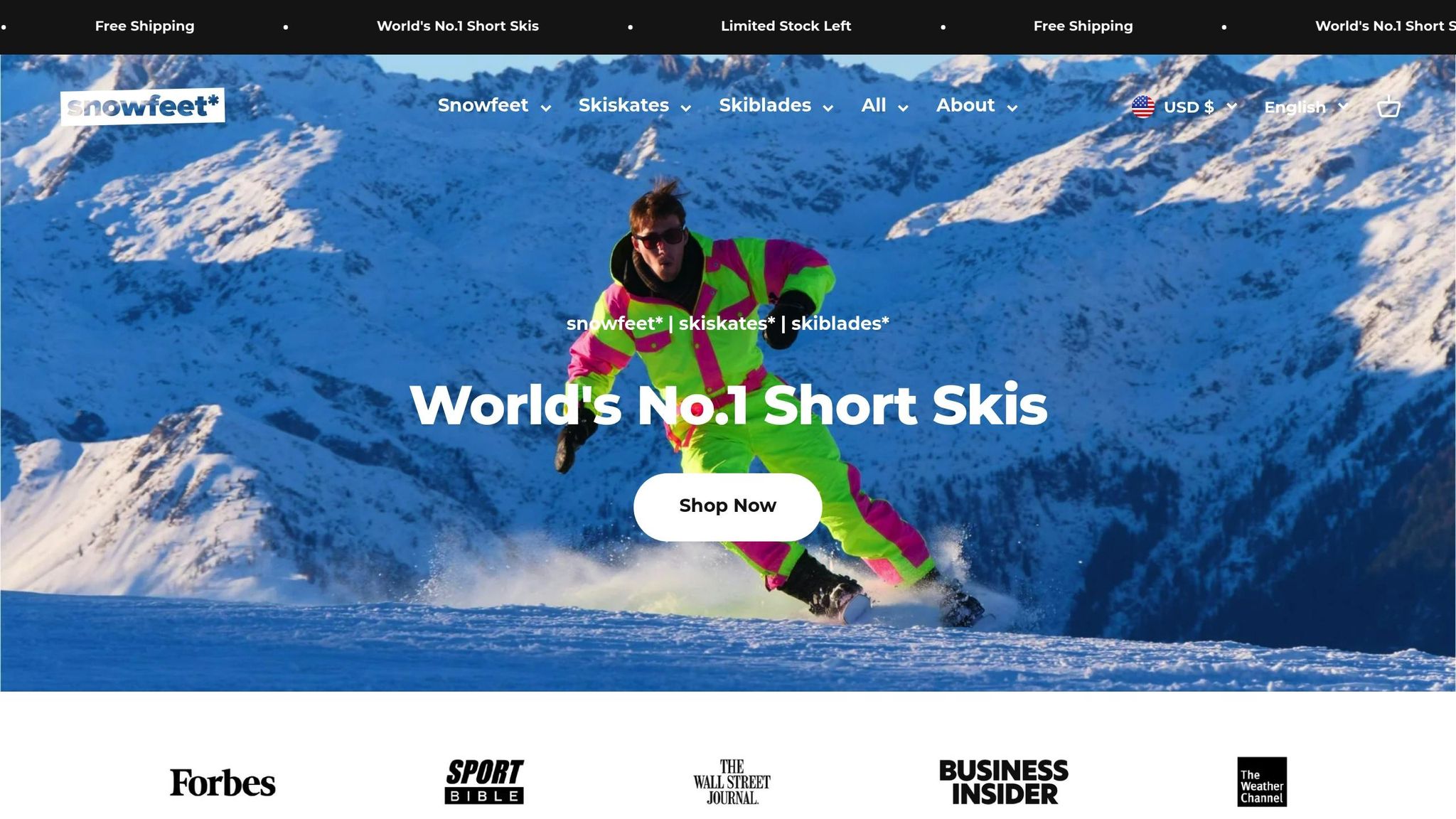
Voici un aperçu des modèles Snowfeet, conçus pour répondre à une variété de besoins en ski hors-piste.
Snowfeet Mini Ski Skates (38 cm / 15 in)
À 150,00 $, les Mini Ski Skates sont une option économique pour les aventuriers d'hiver. Avec une note de 4,9/5 basée sur 1 128 avis, ils sont loués pour leur légèreté et leur compatibilité avec la plupart des chaussures d'hiver. Parfaits pour les débutants ou ceux qui cherchent une option simple et portable.
Snowfeet PRO (50 cm / 20 in)
Pour 250,00 $, le modèle PRO offre une meilleure stabilité, ce qui le rend idéal pour des conditions de hors-piste plus difficiles. Sa longueur de 50 cm (20 in) trouve un équilibre entre portabilité et contrôle.
"Avec ces petits skis, vous vous sentez beaucoup plus agile, plus rapide, et surtout – à l'aise. Pas de boucles, pas de bottes lourdes – il suffit d'attacher et de partir." - Jakub F, critique des Snowfeet Skiblades
Skiskates (44 cm / 17 in)
Au prix de 390,00 $, les Skiskates s'adressent aux professionnels qui ont besoin de précision et de contrôle. Construits avec un noyau en bois durable, leur design compact de 44 cm (17 in) est parfait pour les descentes techniques tout en gardant la portabilité à l'esprit.
| Caractéristique | Avantage |
|---|---|
| Construction en Noyau de Bois | Améliore la durabilité et la performance |
| Design Compact (44 cm / 17 in) | Idéal pour naviguer sur un terrain raide et technique |
Skiblades (65 cm et 99 cm)
La série Skiblades propose deux tailles pour s'adapter à différents styles de ski :
Skiblades de 65 cm (≈26 in) – 450,00 $
- Idéal pour le carving et les virages rapides sur terrain varié.
Skiblades de 99 cm (≈39 in) – 490,00 $
- Offre une meilleure flottaison dans la neige profonde.
- Apporte de la stabilité à haute vitesse.
- Conçu pour la performance en terrain ouvert.
Snowfeet POWDER et Short Skis de 120 cm
Le modèle POWDER (99 cm) est au prix de 490,00 $ et conçu pour la neige profonde. Avec une note parfaite de 5,0/5 issue de 96 avis vérifiés, c'est un favori des passionnés de poudreuse.
Pour ceux qui affrontent les conditions les plus difficiles, les Short Skis de 120 cm offrent une stabilité inégalée. À 690,00 $, ils sont conçus pour un ski agressif dans des environnements exigeants en hors-piste.
sbb-itb-17ade95
Snowfeet vs Grandes Marques de Ski
En s'appuyant sur la portabilité et l'agilité déjà évoquées, voyons comment Snowfeet se compare aux marques de ski traditionnelles comme Rossignol, Atomic, et Elan. Pour les aventuriers hors-piste, la commodité en termes de taille, d'apprentissage et de transport peut faire toute la différence.
Taille et transport
Les skis traditionnels mesurent généralement entre 150–190 cm (59–75 in), ce qui peut compliquer le rangement et le transport. Les produits Snowfeet, cependant, sont conçus pour la portabilité :
| Caractéristique | Skis traditionnels | Produits Snowfeet |
|---|---|---|
| Plage de longueurs | 150–190 cm (59–75 in) | 38–120 cm (15–47 in) |
| Besoins de rangement | Nécessite un sac/porte-skis | Se glisse dans un sac à dos |
| Équipement supplémentaire | Chaussures de ski requises | Compatible avec des chaussures d'hiver standard |
| Méthode de transport | Porte-vélo ou support spécial | Se glisse dans les bagages personnels |
"J'adore vraiment ce concept, car les snowfeet sont petits et légers, donc vous pouvez marcher en montée avec vos raquettes normales et quand vous arrivez en haut, vous sortez les snowfeet de votre sac à dos et vous êtes prêt à partir ! Ils seront définitivement inclus comme équipement standard pour nos prochaines vacances d'hiver." - the.bigwhite.wolf, client Snowfeet
Non seulement ils sont faciles à transporter, mais les Snowfeet simplifient aussi le processus pour débuter sur les pistes.
Facilité d'apprentissage
Les skis traditionnels ont souvent une courbe d'apprentissage raide, nécessitant des cours et de la pratique pour se sentir confiant. Le design plus court des Snowfeet les rend beaucoup plus adaptés aux débutants :
| Aspect | Skis traditionnels | Produits Snowfeet |
|---|---|---|
| Temps d'apprentissage | Plusieurs jours à semaines | Juste quelques heures |
| Contrôle de l'équilibre | Plus difficile | Intuitif et simple |
| Rayon de virage | Plus large, nécessite plus d'espace | Plus serré, plus facile à manœuvrer |
| Contrôle des carres | Nécessite du temps pour maîtriser | Facile à manier |
Cette facilité d'utilisation fait de Snowfeet un excellent choix pour quiconque souhaite se lancer dans le ski hors-piste sans longue période d'apprentissage.
Tableau comparatif des produits
Voici un aperçu rapide pour montrer comment Snowfeet se compare aux skis traditionnels :
| Caractéristique | Skis traditionnels | Snowfeet Short Skis |
|---|---|---|
| Prix de départ | $600+ (sans chaussures) | $150–$690 |
| Poids | 6–9 lbs par ski | 2–4 lbs par ski |
| Compatibilité des chaussures | Nécessite des chaussures de ski spécifiques | Compatible avec chaussures/bottes d'hiver |
| Utilisation du terrain | Limité aux pistes de ski | Fonctionne sur divers terrains |
| Espace de rangement | Nécessite un espace dédié | Espace minimal nécessaire |
| Transport | Nécessite un porte-toit ou un porte-bagages | Se glisse dans un sac à dos |
"Ils sont très pratiques car ils sont petits, ce qui les rend faciles à transporter. Ils sont aussi faciles à mettre et à enlever, et vous pouvez les utiliser avec des chaussures normales. Mon fils les a aussi essayés sur les pistes de ski et il les a beaucoup appréciés." - G.S., client Snowfeet
Grâce à leur taille compacte et leur polyvalence, les Snowfeet sont particulièrement adaptés au ski hors-piste. Ces comparaisons mettent en lumière comment les produits Snowfeet répondent aux besoins évolutifs des skieurs recherchant commodité et performance.
Comment choisir vos skis Snowfeet
Guide des niveaux de compétence
Choisissez votre modèle Snowfeet en fonction de votre niveau d'expérience :
Débutants :
- Mini Ski Skates (38 cm) ou Skiskates (44 cm) : Conçus pour un contrôle facile et un apprentissage rapide.
- Idéal pour les virages simples et les manœuvres fluides.
- Un design indulgent parfait pour les débutants.
Intermédiaire :
- Skiblades (65 cm) : Offre une meilleure stabilité pour renforcer la confiance.
- Snowfeet PRO (50 cm) : Offre un contrôle plus précis pour les utilisateurs intermédiaires.
Avancé :
- Skiblades (99 cm) : Conçus pour la vitesse et une excellente stabilité.
- POWDER ou Short Skis (120 cm) : Idéal pour affronter facilement des terrains variés.
"Les skis plus courts sont plus universels et plus faciles à apprendre pour tous les âges et types de skieurs." - Équipe Snowfeet
Une fois que vous avez identifié votre niveau, considérez les conditions de neige et le terrain où vous les utiliserez.
Type de neige et emplacement
| Type de terrain | Modèle recommandé | Caractéristiques clés |
|---|---|---|
| Pistes damées | Skiskates (44 cm) | Contrôle précis des carres et sensation de ski |
| Sentiers de randonnée | Mini Ski Skates (38 cm) | Légers et faciles à transporter |
| Collines locales | Skiblades (65 cm) | Polyvalent et adapté aux débutants |
| Zones de POWDER | Snowfeet POWDER (99 cm) | Excellente flottaison et maniabilité en neige profonde |
| Snowparks | Skiblades (65/99 cm) | Parfait pour carver et atterrir des figures |
D'autres facteurs à considérer incluent la profondeur de la neige, la distance à parcourir pour les transporter, et la pente du terrain.
Coût et besoins en équipement
| Modèle | Fourchette de prix | Équipement requis |
|---|---|---|
| Mini Ski Skates (38 cm) | À partir de 140 $ | Bottes d'hiver classiques |
| Snowfeet PRO (50 cm) | $230 | Chaussures d'hiver, bâtons |
| Skiskates (44 cm) | À partir de 330 $ | Chaussures de ski/snowboard |
| Skiblades (65 cm) | À partir de 400 $ | Chaussures d'hiver, bâtons |
| POWDER (99 cm) / Short Skis (120 cm) | 450 $-650 $ | Chaussures d'hiver, bâtons |
Équipement supplémentaire à considérer :
- Cire pour l'entretien (à partir de 6 $)
- Sangles de rechange
- Vêtements d'hiver
- Un sac de transport ou un sac à dos
Un grand avantage de Snowfeet est leur portabilité. Contrairement aux skis traditionnels, vous n'aurez pas besoin de porte-skis ni d'équipement de transport spécialisé, ce qui peut vous faire économiser de l'argent sur le long terme.
Conclusion
Snowfeet rend les sports d'hiver accessibles à un public plus large, avec plus de 50 000 skiskaters dans le monde qui apprécient leurs produits.
Leur réputation de qualité est confirmée par des notes impressionnantes - 4,9/5 pour les Mini Ski Skates et un parfait 5,0/5 pour les Skiblades. Le fondateur de Snowfeet, Zbyněk, partage son enthousiasme :
"À mon avis, Skiskates est le meilleur produit pour les pistes que nous ayons développé jusqu'à présent. J'adore la facilité avec laquelle on peut skier et patiner, ainsi que la variété de figures que je peux réaliser sans trop d'effort et presque sans restrictions."
Les prix varient de 150 $ pour les Mini Ski Skates à 690 $ pour les Short Skis, offrant une alternative économique au matériel de ski traditionnel de marques comme Rossignol et Atomic.
Le matériel Snowfeet est conçu pour affronter tous les terrains - que vous dévaliez des pistes damées, parcouriez des sentiers de randonnée ou affrontiez la poudreuse. De plus, avec la livraison gratuite en seulement 3 à 5 jours, commencer est sans tracas.
Le design compact, la facilité d'utilisation et la compatibilité avec des chaussures d'hiver classiques font de Snowfeet un choix attrayant tant pour les débutants que pour les aventuriers expérimentés. Découvrez toute la gamme sur snowfeetstore.com et trouvez le modèle qui correspond à votre style de sports d'hiver.
FAQ
Qu'est-ce qui rend les produits Snowfeet meilleurs que les skis traditionnels pour le ski hors-piste ?
Les produits Snowfeet offrent des avantages uniques par rapport aux skis traditionnels, surtout pour le ski en arrière-pays. Leur longueur plus courte, comme les Snowfeet WALKSKI Backcountry Touring Skis (99 cm), les rend très maniables, permettant un meilleur contrôle dans les espaces étroits et sur les terrains difficiles. Cette agilité accrue est parfaite pour naviguer dans les conditions imprévisibles de l'arrière-pays.
De plus, les skis Snowfeet sont légers et portables, facilitant les montées et leur transport. Contrairement aux skis traditionnels, ils ne nécessitent pas de chaussures spécialisées - les fixations Snowfeet sont compatibles avec des chaussures d'hiver standard ou des chaussures de snowboard, offrant une commodité et une polyvalence inégalées. Ces caractéristiques font de Snowfeet un choix pratique et innovant pour les aventuriers de l'arrière-pays cherchant à simplifier leur équipement tout en améliorant leurs performances.
Comment choisir le meilleur modèle Snowfeet selon mon niveau et le terrain que je souhaite explorer ?
Choisir le bon modèle Snowfeet dépend de votre expérience et du type de terrain que vous comptez affronter. Les Skiskates (44 cm) sont compacts et polyvalents, combinant mouvements de ski et de patinage. Ils sont légers et portables, parfaits pour les débutants, bien que leur courte longueur puisse demander un temps d'adaptation.
Pour un usage plus varié, les Snowfeet mini skis sont plus courts et idéaux pour les pistes, snowparks, sentiers de randonnée ou même les collines locales. Ils conviennent aussi bien au skiskate qu'au ski de fond. Si vous cherchez quelque chose de plus proche des skis traditionnels, les Snowfeet Skiboards (disponibles en 65 cm, 99 cm et 120 cm) offrent une option équilibrée avec plus de stabilité et de contrôle, les rendant adaptés aux utilisateurs intermédiaires et avancés explorant des terrains divers.
Considérez vos objectifs et votre niveau pour trouver l'ajustement parfait pour votre aventure !
Les produits Snowfeet sont-ils adaptés à la poudreuse profonde, et quels modèles fonctionnent le mieux dans ces conditions ?
Les produits Snowfeet sont polyvalents et conçus pour une variété de terrains, mais ils ne sont pas spécifiquement optimisés pour les conditions de poudreuse profonde. Leur taille compacte et leur conception légère les rendent mieux adaptés aux pistes damées, à la neige tassée et aux terrains mixtes plutôt qu'à la poudreuse profonde et moelleuse.
Si vous planifiez des aventures en arrière-pays dans une poudreuse profonde, les Snowfeet Skiblades 120 cm offrent la meilleure performance de la gamme grâce à leur longueur plus importante et leur stabilité améliorée. Cependant, pour des environnements de poudreuse profonde constante, les skis traditionnels de marques comme Rossignol ou Atomic peuvent offrir plus de portance et de contrôle. Les produits Snowfeet excellent en portabilité et agilité, ce qui les rend idéaux pour des descentes rapides et amusantes dans des conditions variées.

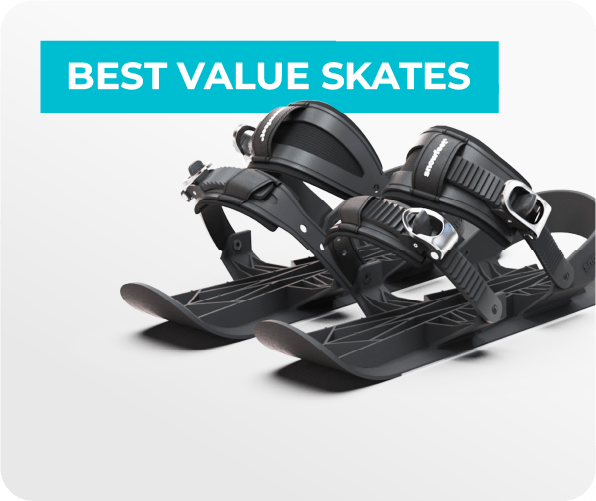
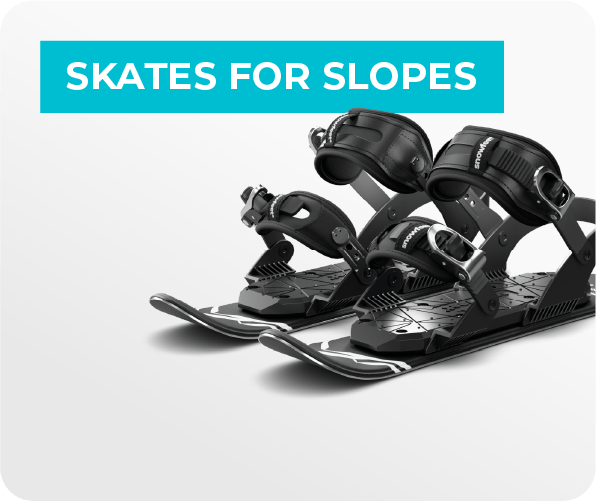
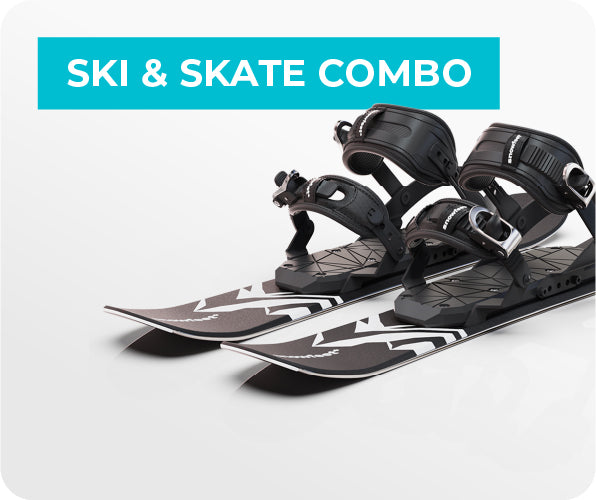
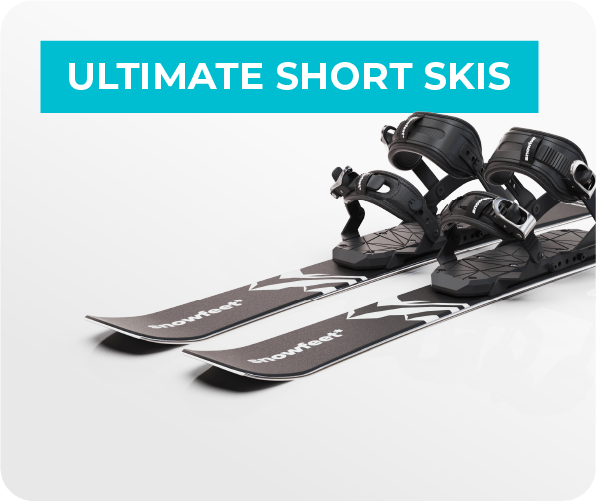
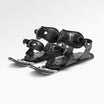
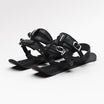
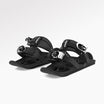
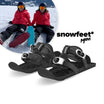
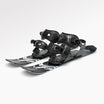
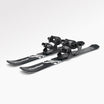
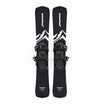
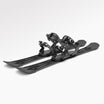
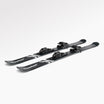
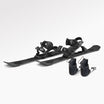
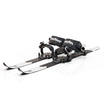
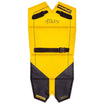
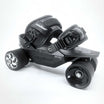

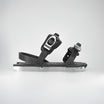
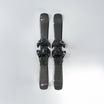
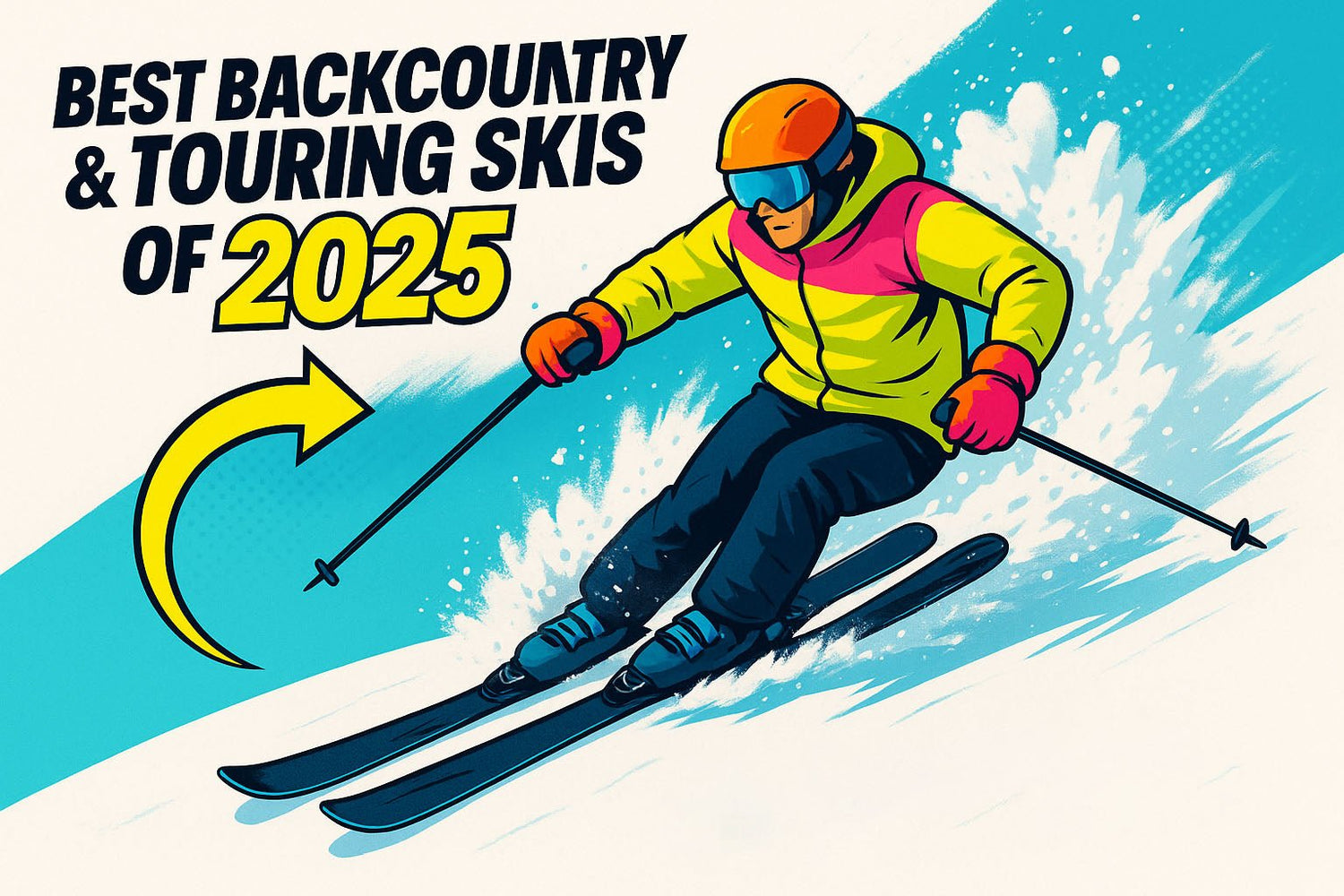
![Top All-Mountain Skis [2025]: Your One-Ski Quiver Guide](http://www.snowfeetstore.com/cdn/shop/articles/6814450fb040e4635da4f2cf-1746162848368_c61d0d8a-a0ce-42ca-9351-1d20bb9b414f-3869202.jpg?v=1758688782&width=1536)
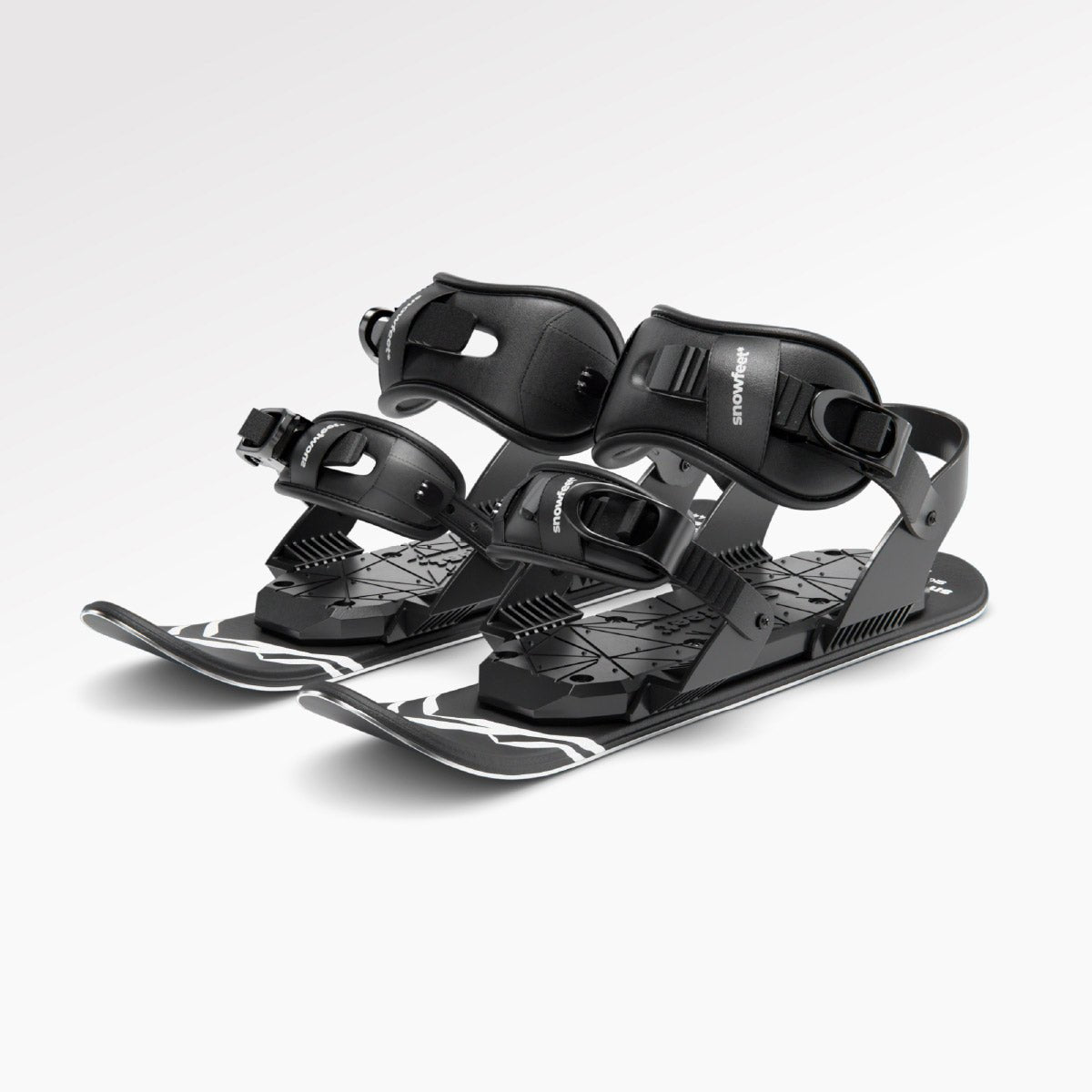
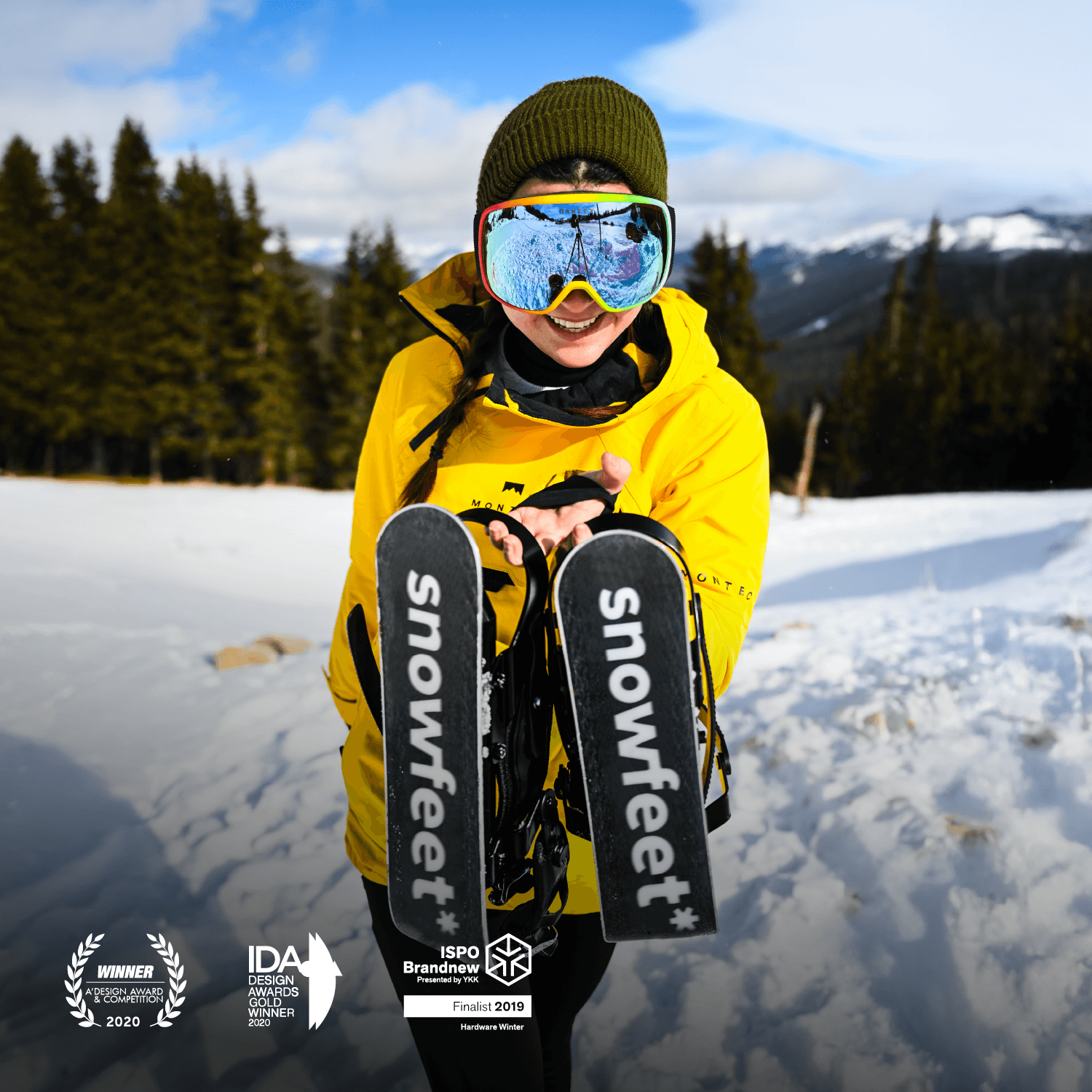
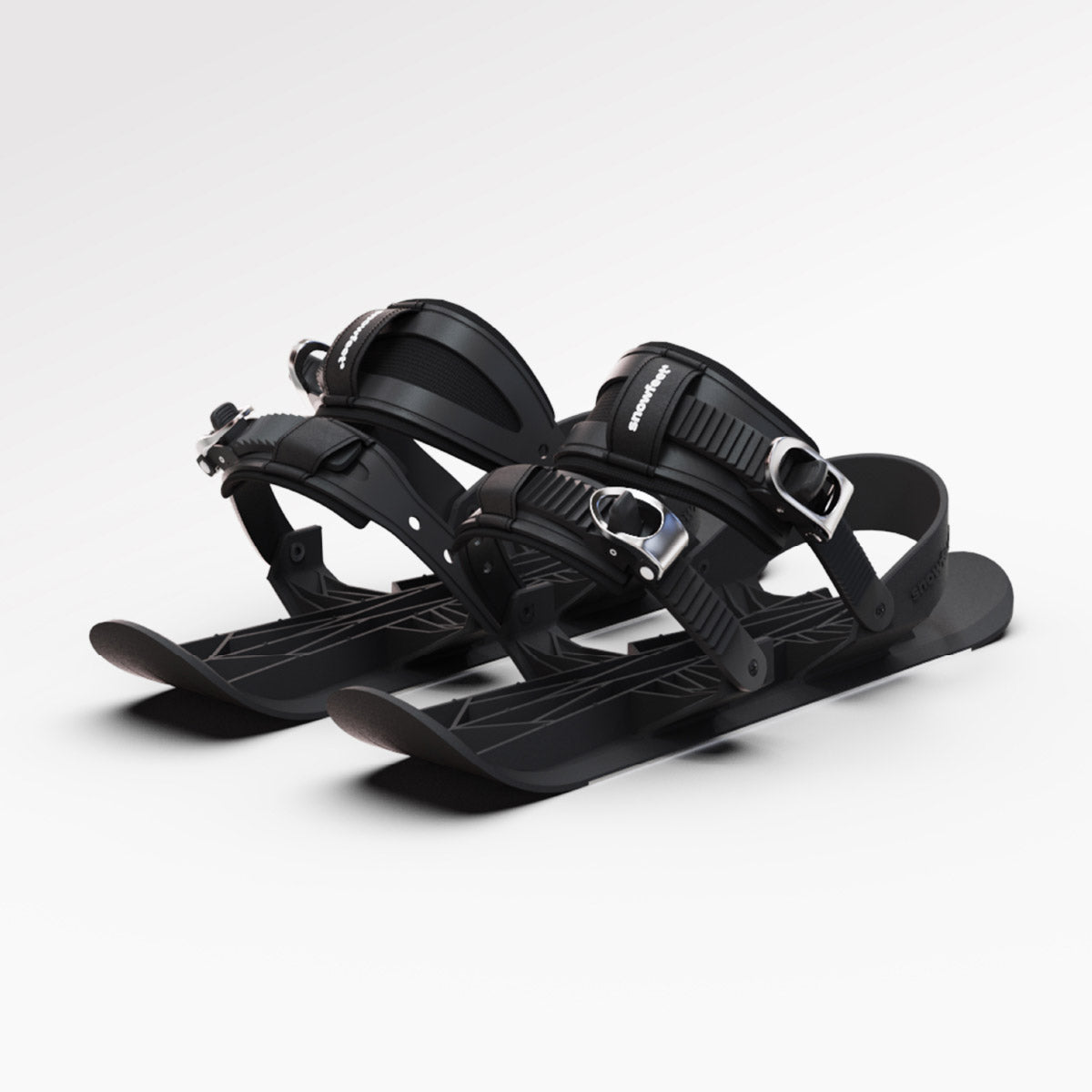
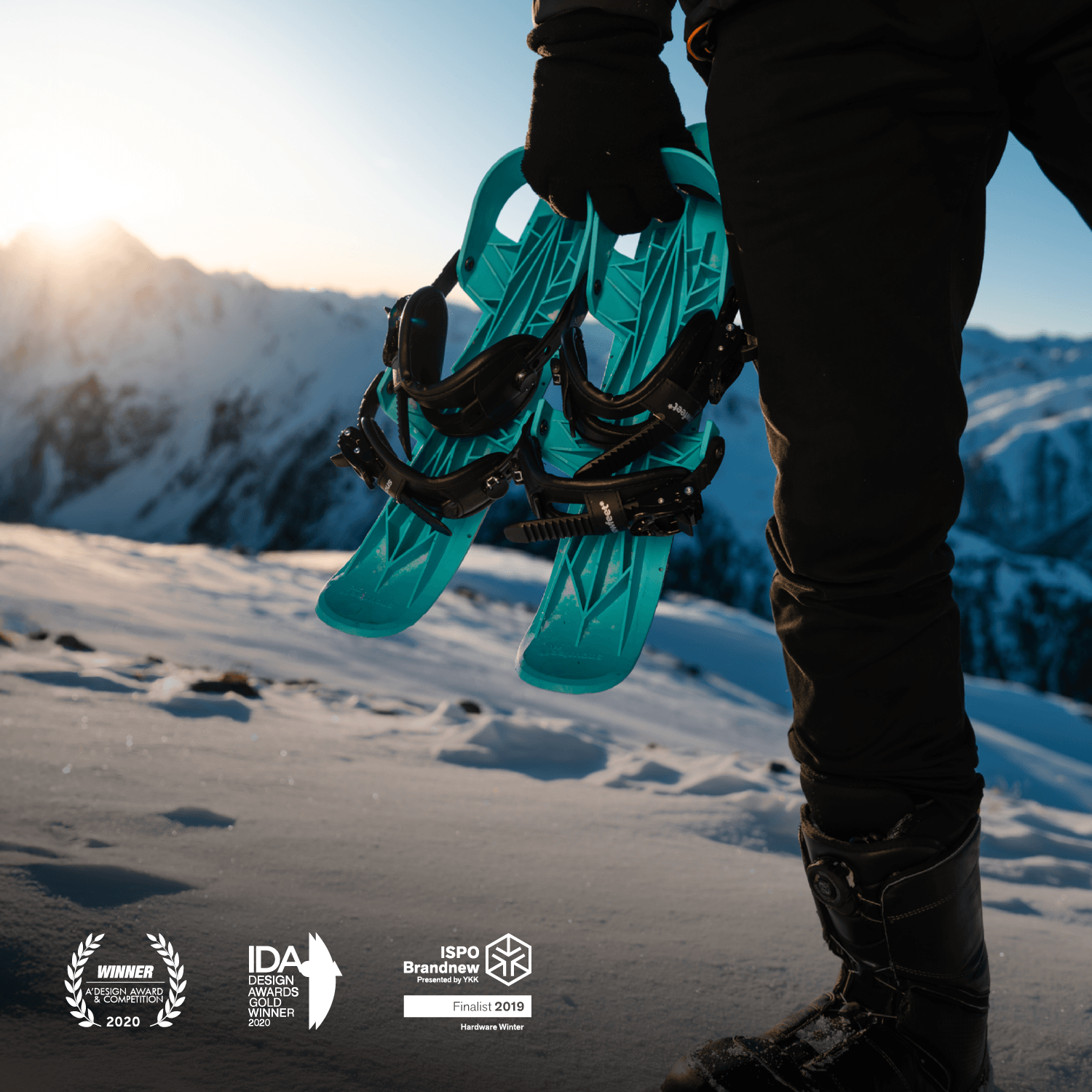
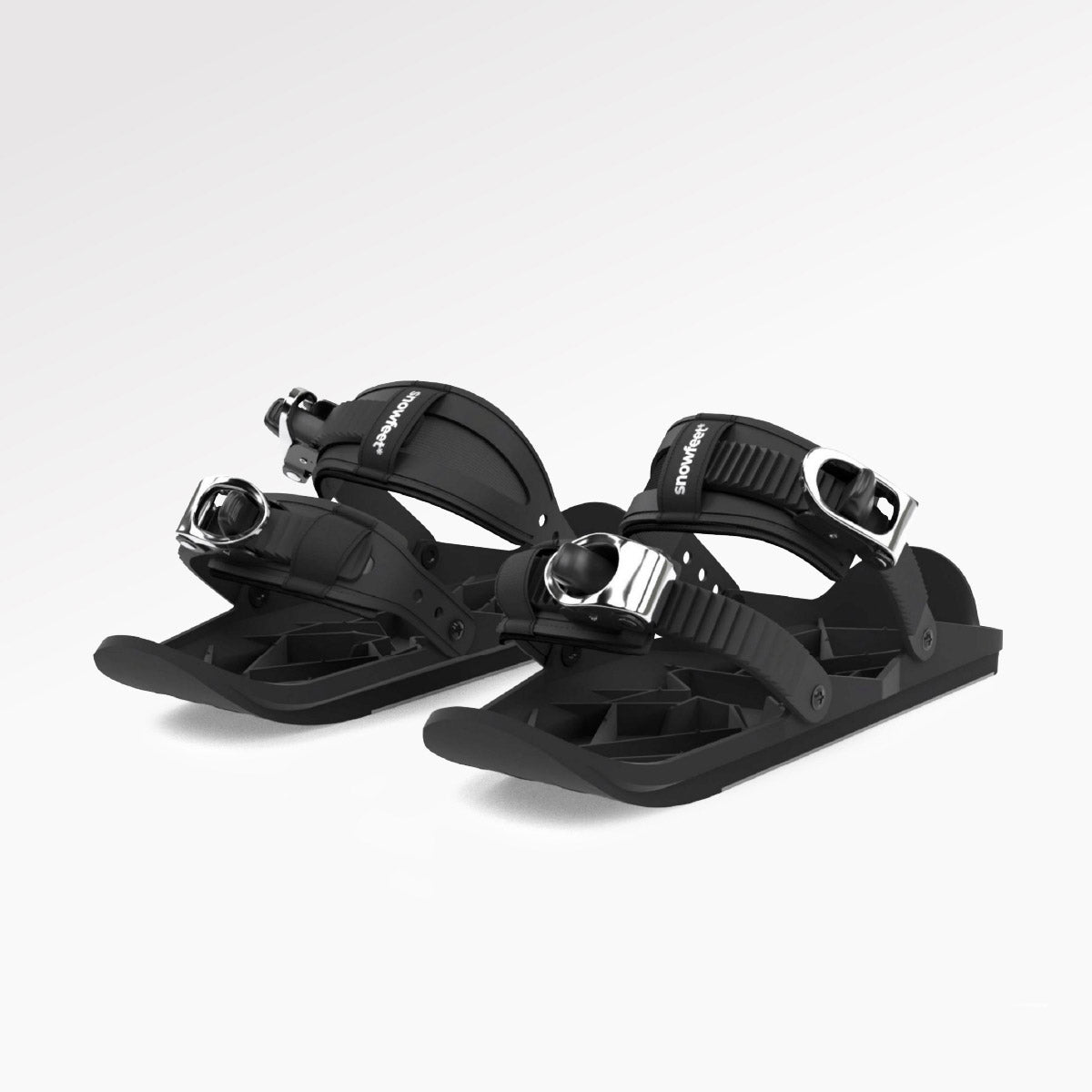
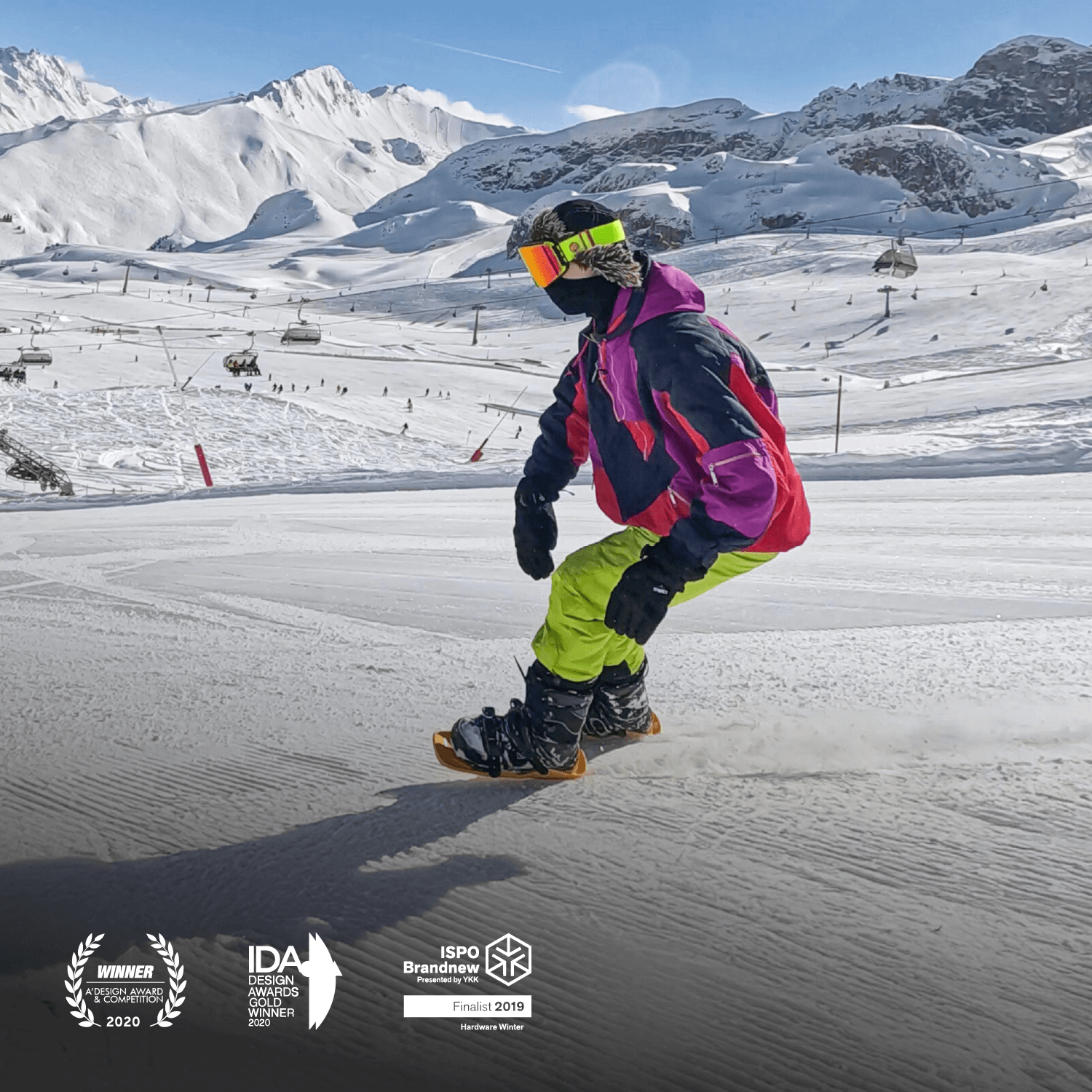
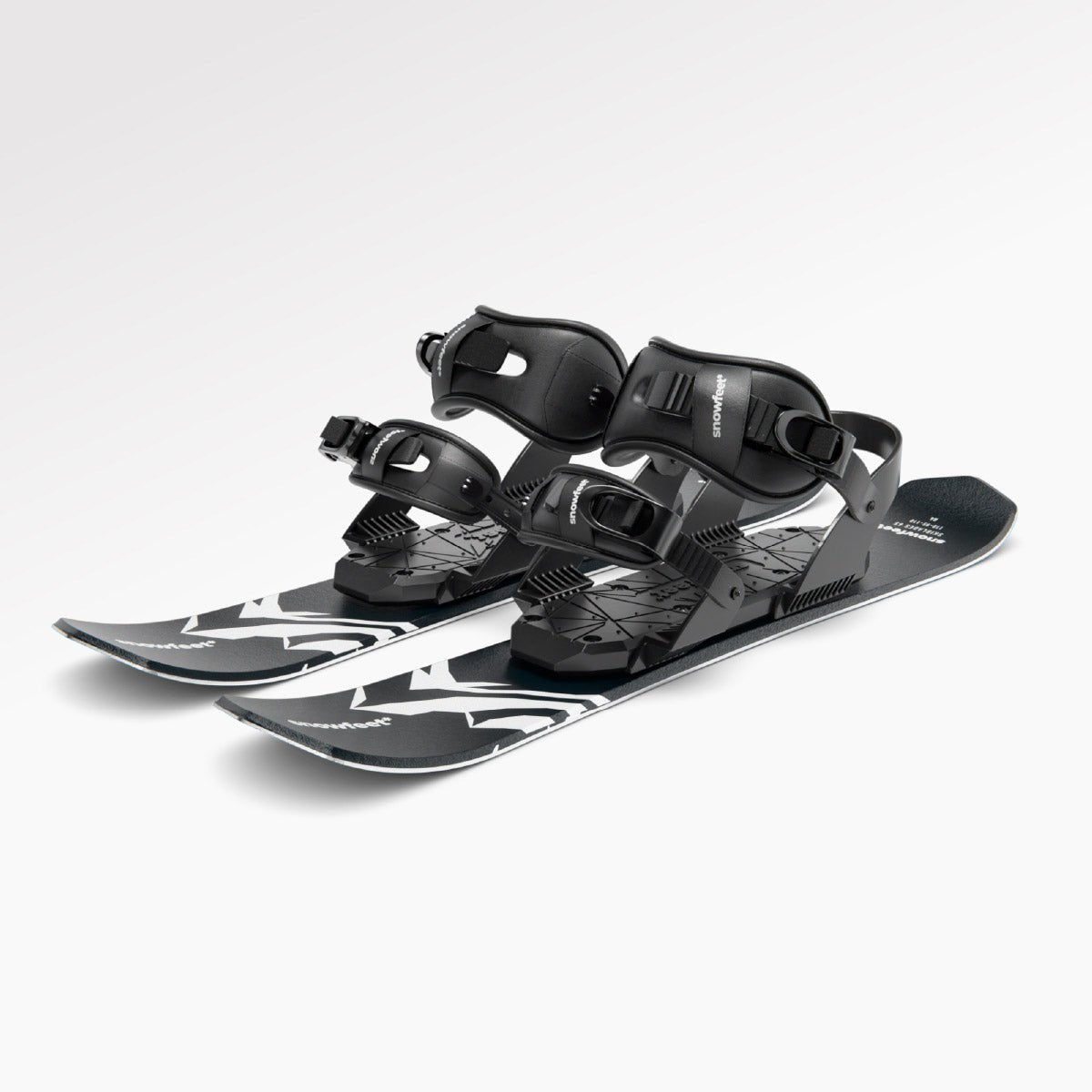
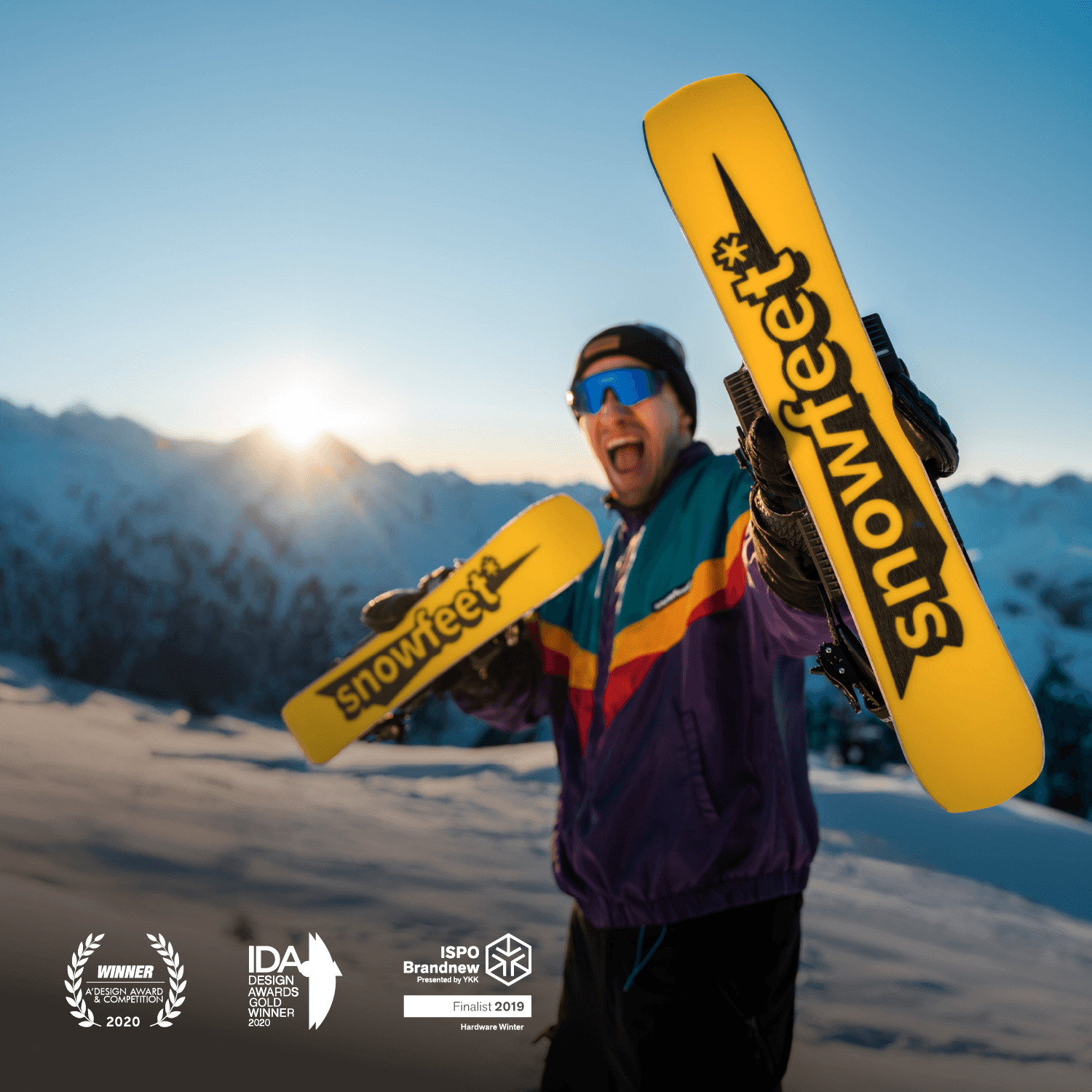
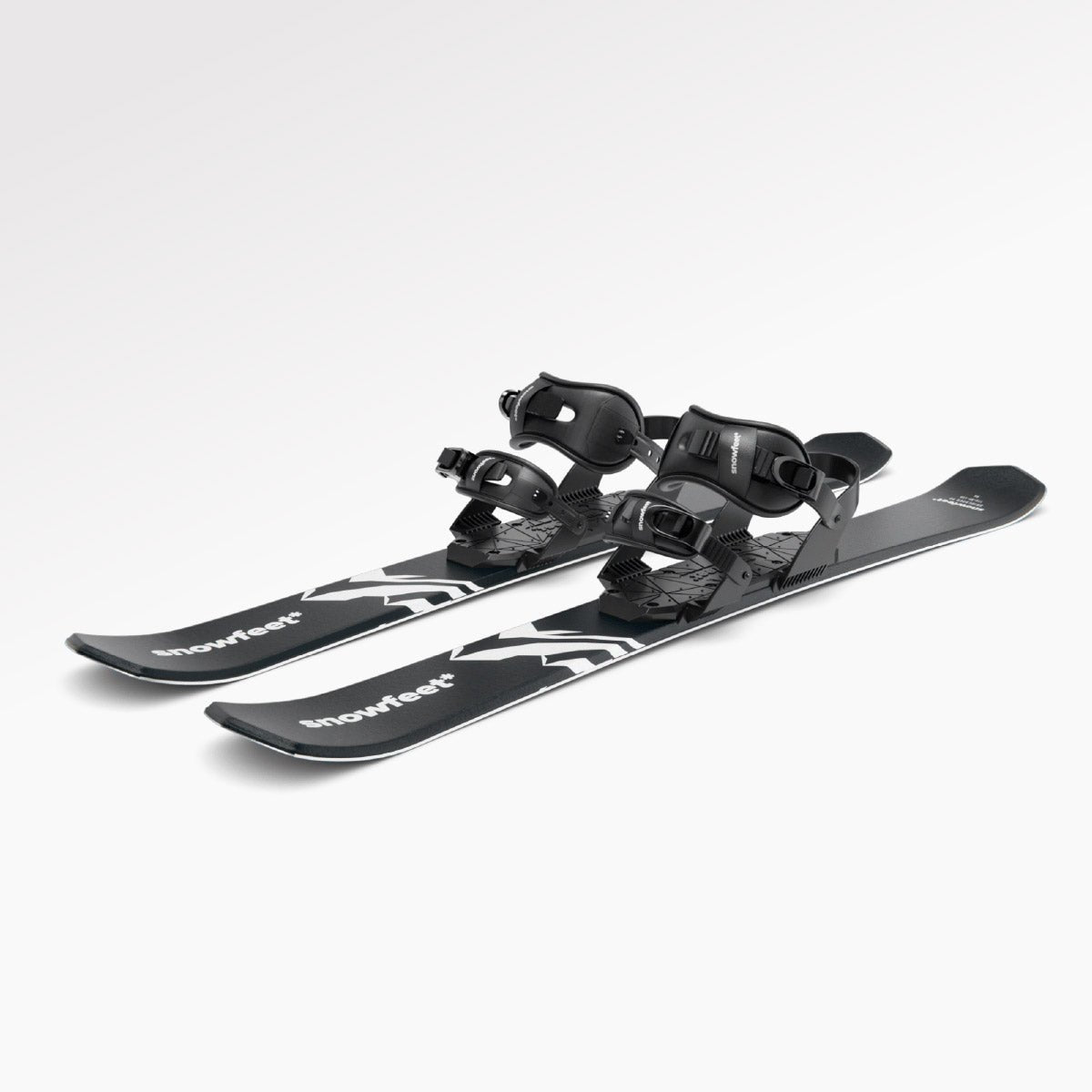
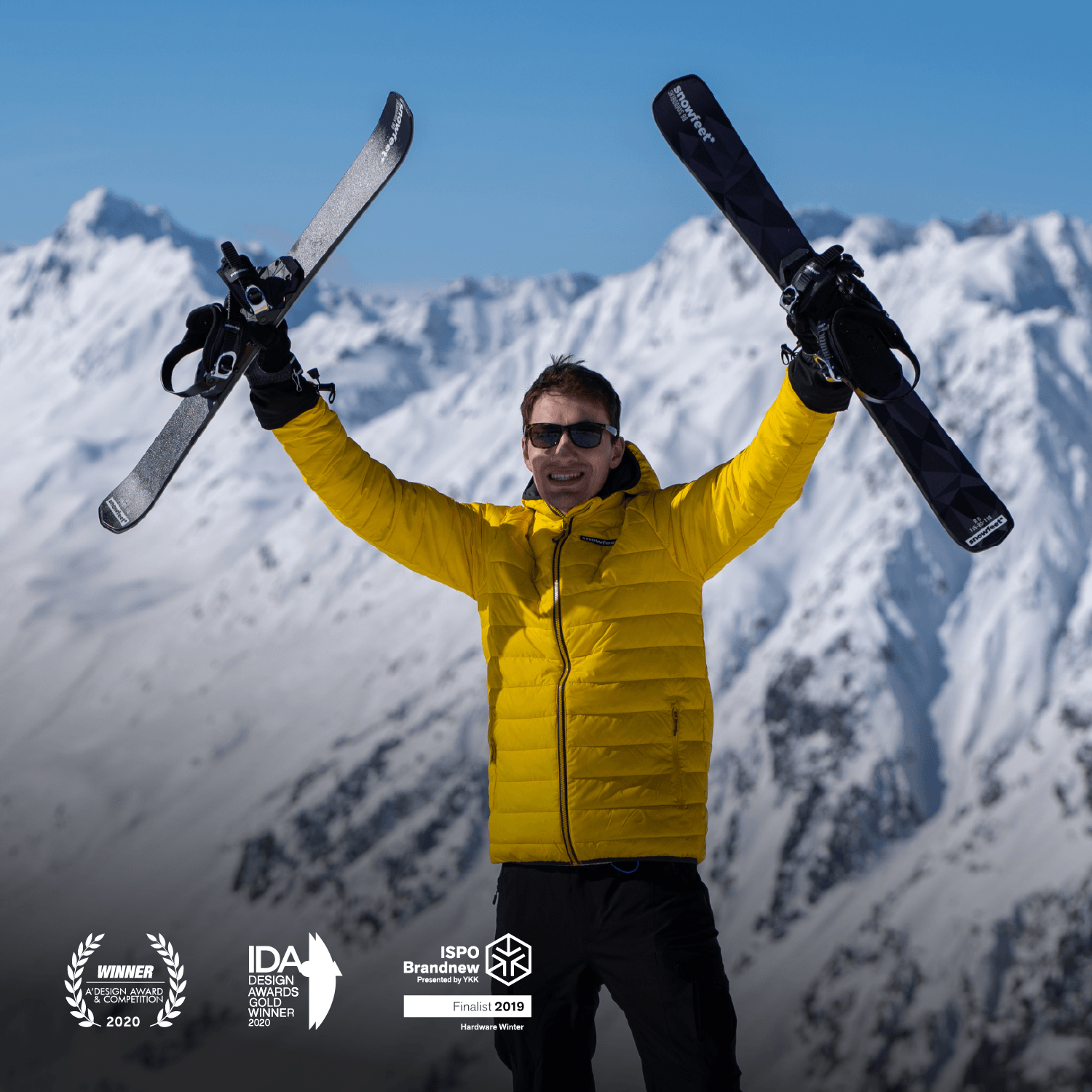
Laisser un commentaire
Ce site est protégé par hCaptcha, et la Politique de confidentialité et les Conditions de service de hCaptcha s’appliquent.